Understanding how to communicate with a nonverbal autistic child is a challenge many parents, caregivers,…
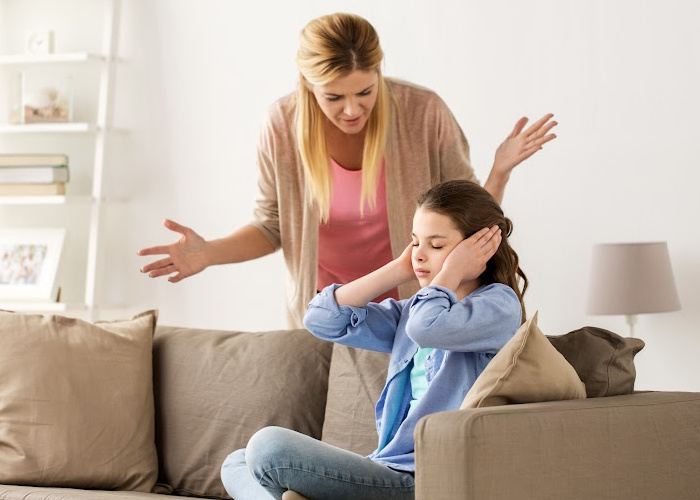
How to Stop Autistic Child from Hitting Themselves: Helpful Techniques
Dealing with the multitude of challenges that can present themselves in raising a child on the autism spectrum often requires a deep well of patience and understanding. Among the more distressing behaviors that can manifest are self-harming actions, such as hitting.
These behaviors can evoke fear and bewilderment in parents, triggering an urgent need to comprehend and address them. If you’re scouring the web for guidance on how to stop an autistic child from hitting themselves, or looking for effective autism self-harm prevention techniques, you’ve arrived at the right place.
Children with autism may engage in self-injurious behavior like hitting as a means to cope with their overwhelming sensory environment, or to communicate needs they cannot express through words. To navigate this complex issue, a thoughtful approach involving behavioral interventions for self-hitting in autism is essential.
By accurately identifying what drives your child’s behavior, you can create effective prevention strategies for their wellbeing and peace of mind.
Understanding Autistic Children’s Hitting Behavior
Identifying the triggers of aggression in autistic children goes beyond mere observation it requires a thoughtful and empathetic approach to understanding their unique experiences.
Strategies for stopping self-hitting in autistic individuals often start with recognizing the multifaceted nature of these behaviors, which can include a response to sensory input, disruptions in routine, or communication challenges.
Let’s explore the key areas that influence self-hitting and the most effective techniques to prevent self-hitting in autistic children.
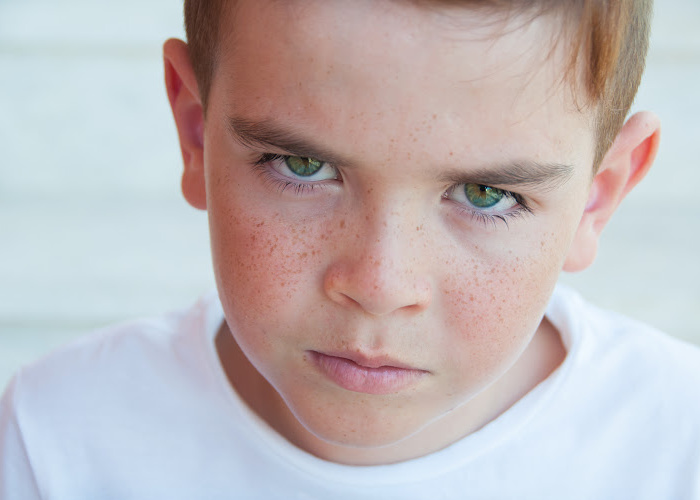
Identifying the Triggers of Aggression
To manage self-injurious behavior in autism effectively, caregivers must first uncover what sparks aggression. Often, these triggers are subtle and can elude even the most attentive observers. Through meticulous tracking and analysis, patterns may emerge that link certain environmental factors or internal states to episodes of self-hitting.
Once these triggers are recognized, personalized interventions can be designed to preemptively address the root causes of distress.
Communication as a Factor in Self-Hitting
Communication difficulties are a frequent contributor to frustration and aggressive behaviors in autistic individuals. When traditional forms of expression are not accessible, hitting can inadvertently become a form of communication.
Speech and language therapy can offer alternative avenues for effective communication, thereby reducing reliance on self-hitting as a means of being understood. Additionally, teaching and reinforcing appropriate ways to communicate can reduce occurrences of self-injurious behavior.
The Role of Sensory Sensitivities in Aggressive Actions
Another key aspect in curtailing self-hitting is understanding the impact of sensory sensitivities. Whether it’s hypersensitivity to sounds or textures, or hyposensitivity leading to a need for more intense sensory feedback, these sensitivities can profoundly affect an autistic child’s behavior.
Occupational therapy and the use of specialized equipment, such as weighted vests or noise-cancelling headphones, can help regulate sensory input, and establish environments that are less likely to provoke aggressive actions.
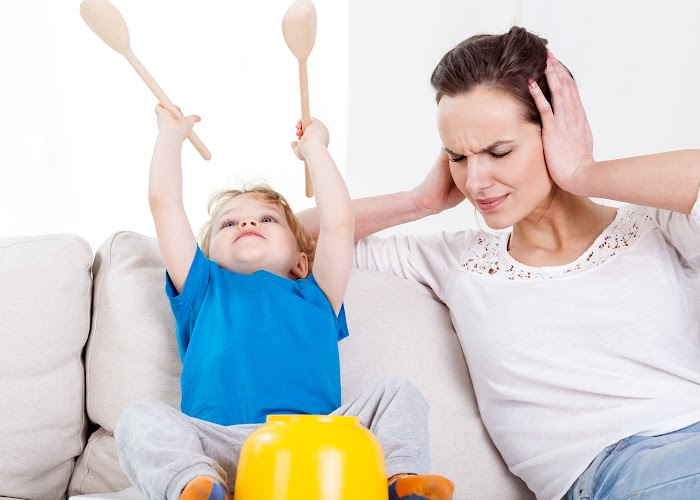
Proactive Strategies and Preventative Measures
Parents and caregivers can employ several proactive strategies aimed at reducing self-harm in children on the autism spectrum. By fostering a supportive environment tailored to the child’s individual needs, self-injury can often be prevented.
Consistency, structure, and positive reinforcement shape a foundational approach in minimizing instances of a child with autism hitting themselves.
Creating a Supportive and Predictable Environment
Key tips for preventing self-harm in autistic children entail the creation of a supportive and predictable environment. Establish clear communication methods to effectively engage with your child. This may include using visual supports such as picture exchange communication systems or social stories that help in conveying routine and expected behaviors.
Additionally, maintaining consistency in daily routines provides a sense of security for children on the spectrum, which can significantly reduce stress and the likelihood of self-harming behaviors.
Effectively Using Praise and Rewards
In terms of parental guidance for stopping self-injury in autistic children, leveraging praise and rewards emerges as an effective tactic. Providing immediate and descriptive praise for appropriate behaviors can reinforce those actions. For autistic children who may not find verbal praise as motivating, tangible rewards can be introduced to fortify the link between positive behavior and positive outcomes.
Establishing consequences for adverse actions should be handled with a gentle touch. Time-outs or the removal of privileges, balanced with continual positive reinforcement, guide children toward better behavior without resorting to punitive measures that could exacerbate self-hitting tendencies.
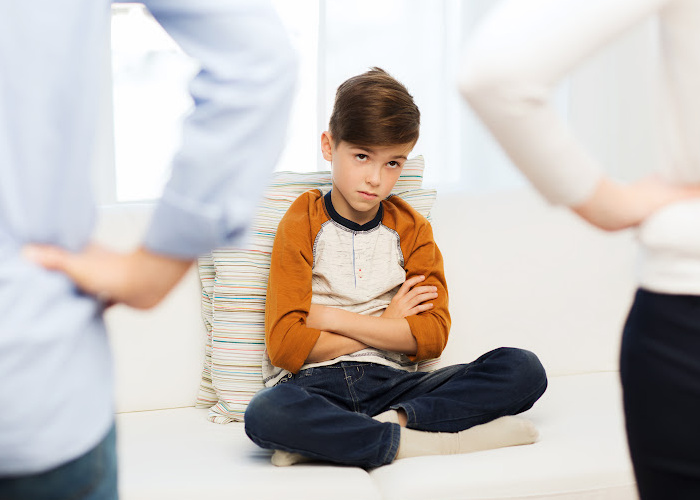
How to Stop Autistic Child from Hitting Self: Intervention Techniques
When faced with the challenge of an autistic child engaging in self-hitting, caregivers often seek comprehensive approaches that involve both behavioral modifications and self-soothing practices. It’s essential to address the issue with empathy and patience, as it can be deeply distressing for both the child and the family.
By leveraging proven strategies, one can gradually alleviate these behaviors, enhancing the child’s well-being and quality of life.
Behavioral Interventions for Self-Hitting in Autism
Among the most effective methods for managing self-injurious behavior are behavioral interventions for self-hitting in autism, such as applied behavior analysis (ABA). ABA therapy delves into the reasons behind aggressive behaviors, focusing on what the behavior communicates about the child’s needs or feelings.
With a strategic approach, replacing these behaviors with healthier coping mechanisms becomes more achievable. Tracking progress and adjusting techniques as the child evolves is crucial for long-term success.
Techniques to Promote Self-Soothing and Reduce Self-Harm
Simultaneously, integrating techniques to promote self-soothing and reduce self-harm in autism plays a pivotal role. Creating calming spaces within the home or educational setting, using items designed for sensory regulation like weighted blankets or ear defenders, and encouraging activities that fulfill the child’s sensory needs can mollify the impulse for self-harm.
These self-soothing techniques serve to reassure the child by providing alternative, benign ways to deal with stress or sensory dysregulation.
Involving Professionals: When to Seek Therapy
Frequent and intense episodes of self-hitting necessitate the intervention of professionals experienced with autism spectrum disorders. Occupational therapists can offer valuable insights into sensory integration, while speech and language therapists can enhance communication skills, reducing frustration and the potential for self-harm.
Psychologists and behavioral specialists are trained to tailor interventions to each child’s unique needs, contributing to more effective management of self-harming behaviors. Contacting organizations like Child & Adolescent Mental Health Services (CAHMS) for support can set the stage for a more nuanced and well-supported approach to autism care.
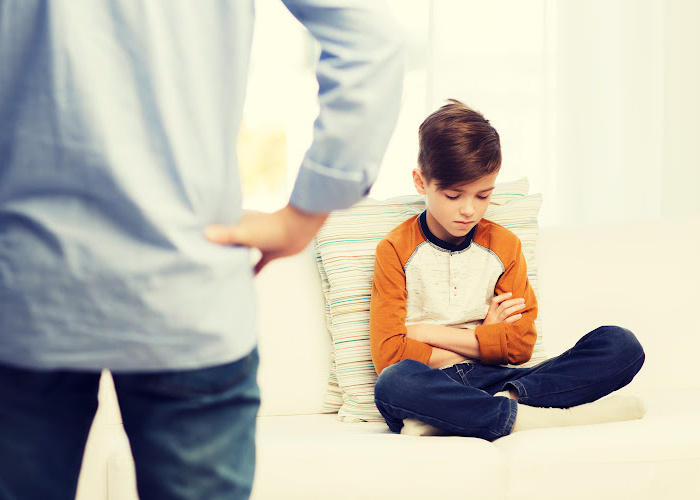
FAQs
What are the common triggers for aggression in autistic children?
Common triggers include sensory overload, disruptions in routine, and struggles with communication. Each child may have unique triggers, and it’s important to observe and identify what precedes aggressive behavior in each instance.
How can communication impact self-hitting behaviors in autistic children?
Children with autism might use self-hitting as a form of non-verbal communication to express frustration, confusion, or distress when they are unable to use words to communicate their needs or feelings.
How does sensory sensitivity lead to aggressive actions in children with autism?
Sensory sensitivities, either hypersensitivity or hyposensitivity to stimuli, can cause significant discomfort or even pain, leading children to react with self-hitting as a coping mechanism or an attempt to communicate their discomfort.
What strategies can help create a supportive and predictable environment for an autistic child?
Strategies include maintaining a consistent routine, providing clear visual schedules, using social stories to prepare for transitions, and ensuring the environment is sensory-friendly to the child’s specific needs.
How can praise and rewards be used to prevent self-hitting behaviors?
Descriptive praise that specifies the positive behavior and tangible rewards can reinforce good behavior. It helps autistic children make a clear connection between their actions and positive outcomes, encouraging repetition of the desired behavior.
What are some behavioral interventions that can help reduce self-hitting in children with autism?
Behavioral interventions such as Applied Behavior Analysis (ABA) can help by identifying the functions of self-hitting behaviors, developing replacement behaviors, and implementing strategies for managing and reducing these behaviors.
What techniques can promote self-soothing in autistic children to reduce self-harm?
Self-soothing techniques can include providing access to a quiet and soothing environment, using sensory tools (like weighted blankets or fidget toys), and encouraging activities that the child finds calming and engaging.
When should parents of autistic children seek professional therapy to address self-hitting behaviors?
Parents should consider seeking professional help if self-hitting behaviors persist despite implementing strategies at home, if they notice an escalation in behavior, or if the safety of the child or others becomes a concern. Professionals such as occupational therapists, speech and language therapists, psychologists, or behavioral specialists can provide targeted support.
Source Links
- https://www.autismparentingmagazine.com/child-hitting-parents-solutions/
- https://specialkids.company/blogs/latest-news/autism-and-hitting-how-to-stop-a-child-with-autism-from-hitting-specialkids-company
- https://raisingchildren.net.au/autism/behaviour/common-concerns/discipline-for-children-teens-with-asd

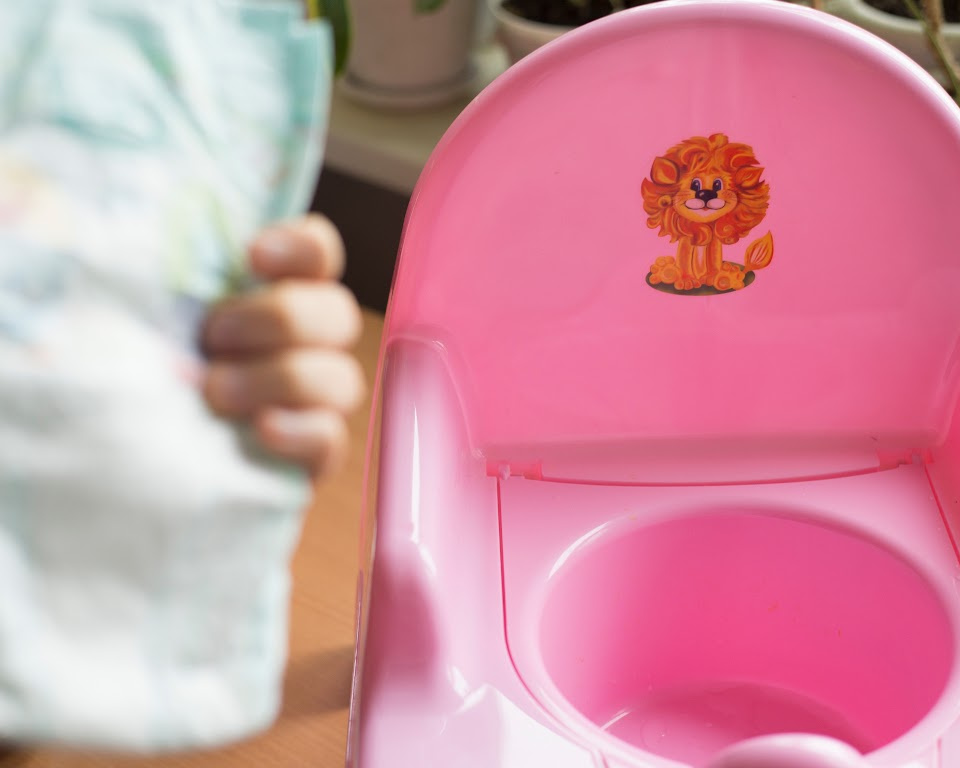

This Post Has 0 Comments